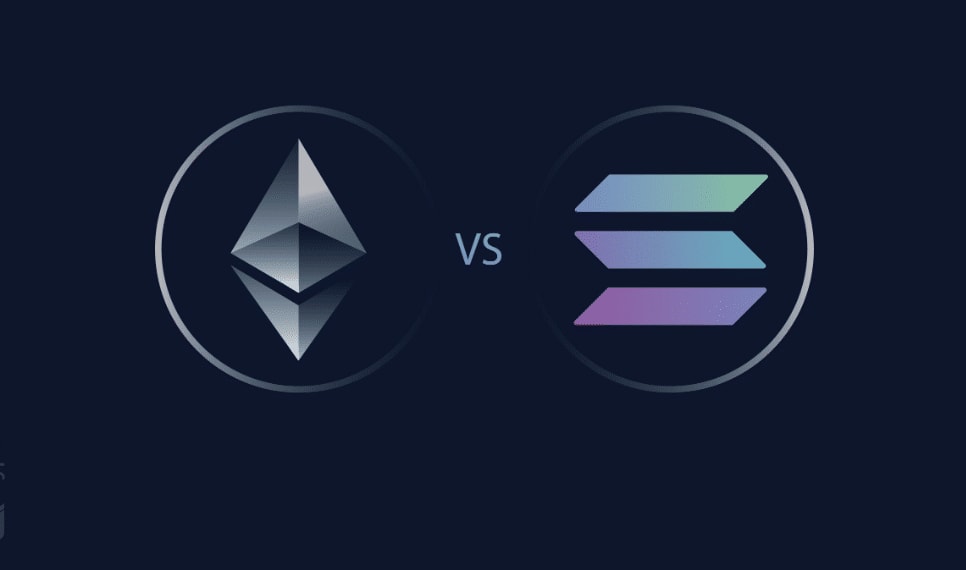USDC Analysis in Solana and Ethereum Networks


Introduction to USDC Token:
The USDC token, short for the USD Coin, stands as a prominent and widely adopted digital stablecoin within the cryptocurrency landscape. Launched in September 2018, USDC was created with the goal of providing a stable and secure means of transacting value on blockchain networks. Unlike more volatile cryptocurrencies such as Bitcoin or Ethereum, the USDC token is pegged to the value of the United States dollar on a one-to-one basis. This pegging mechanism, supported by regular audits and regulatory compliance, makes USDC a reliable store of value and a popular choice for users looking to minimize their exposure to crypto price fluctuations while still enjoying the benefits of blockchain technology.
USDC on Solana:
Solana, a high-performance blockchain platform known for its scalability and low transaction costs, has integrated USDC as one of its supported stablecoins. This integration allows users on the Solana network to transact in USDC with the same speed and efficiency that Solana is known for. USDC on Solana provides an ideal solution for users and developers who require fast and cost-effective transactions while maintaining the stability and trust associated with the USDC token.
USDC on Ethereum:
Ethereum, one of the earliest and most widely adopted blockchain networks, also plays a significant role in the USDC ecosystem. USDC was initially launched as an ERC-20 token on the Ethereum network, and it continues to have a substantial presence there. Ethereum's smart contract capabilities and extensive developer ecosystem have enabled various DeFi (Decentralized Finance) applications and platforms to integrate USDC. This integration allows users to access a wide range of financial services, including lending, borrowing, trading, and yield farming, all while using USDC as a stable medium of exchange.
Implementation of USDC on Solana and Ethereum:
The implementation of USDC on Solana and Ethereum involves creating and managing smart contracts that facilitate the issuance, redemption, and transfer of USDC tokens on these respective blockchains.
On Solana, USDC is issued as SPL (Solana Program Library) tokens, utilizing Solana's native token standard. This ensures compatibility with Solana's unique consensus mechanism and ensures quick, low-cost transactions within the Solana ecosystem.
On Ethereum, USDC operates as an ERC-20 token, adhering to Ethereum's token standards. The token's smart contracts on Ethereum are responsible for managing the USDC supply, enforcing the one-to-one peg with the USD, and facilitating interactions with DeFi protocols, decentralized exchanges (DEXs), and other Ethereum-based applications.
In conclusion, the USDC token's integration with both Solana and Ethereum demonstrates its adaptability and versatility within the blockchain space. USDC provides users on these networks with a stable and reliable medium of exchange, while each blockchain's unique features, such as Solana's speed and Ethereum's extensive DeFi ecosystem, offer different use cases and opportunities for USDC holders and developers alike. This integration reflects the growing importance of stablecoins in the broader cryptocurrency ecosystem and their role in enabling efficient and secure digital transactions.